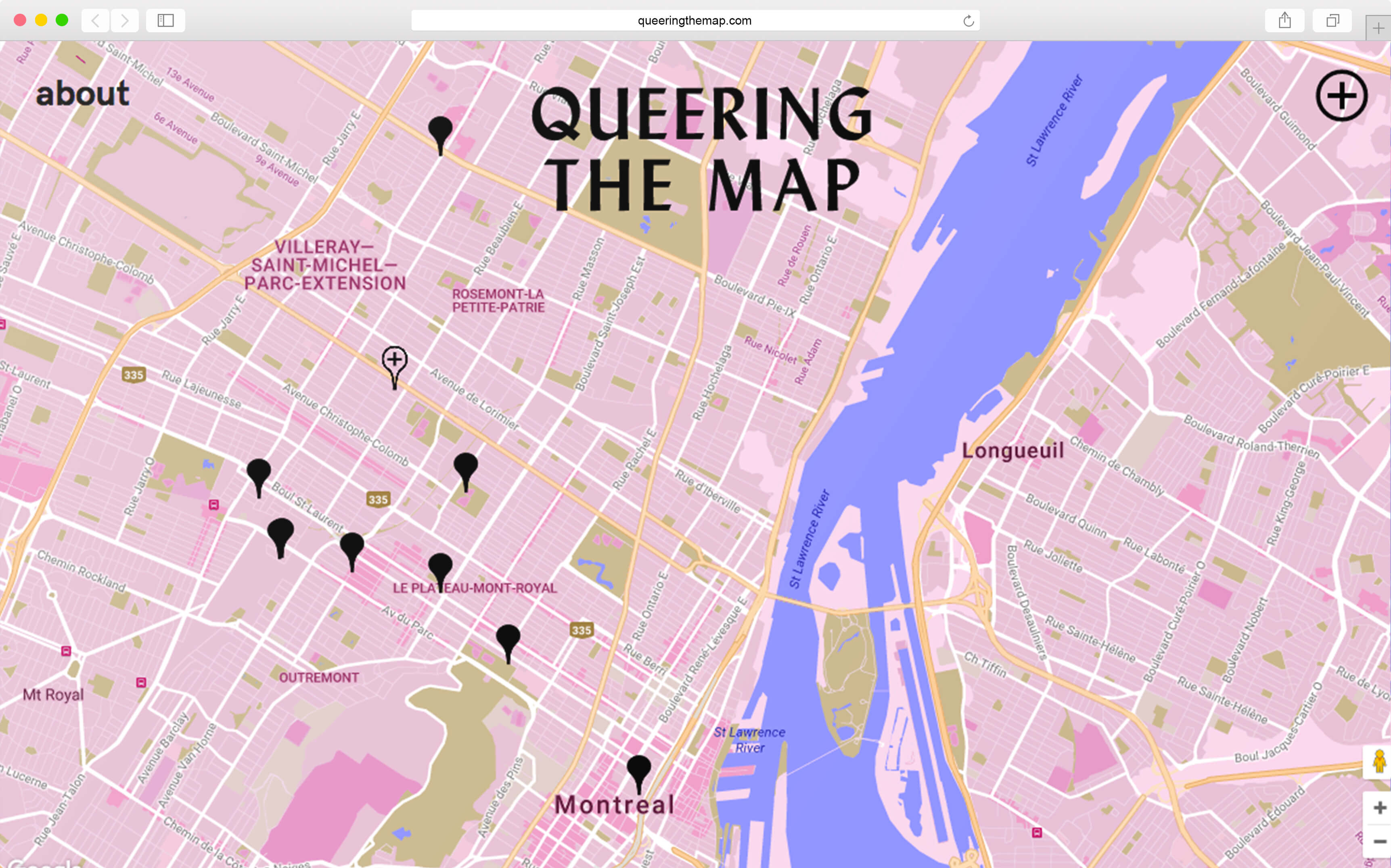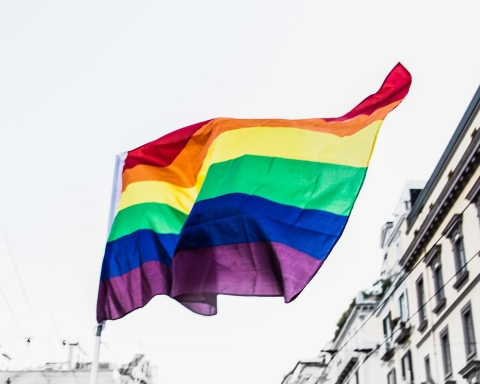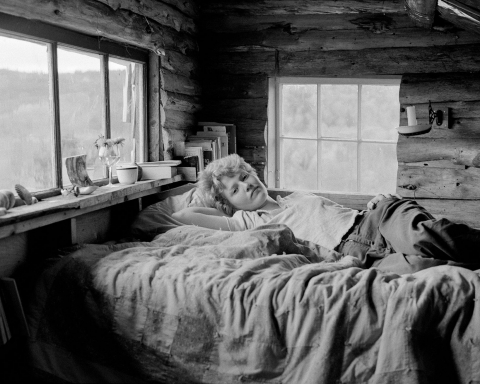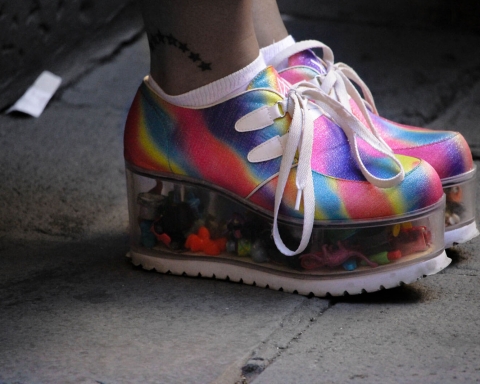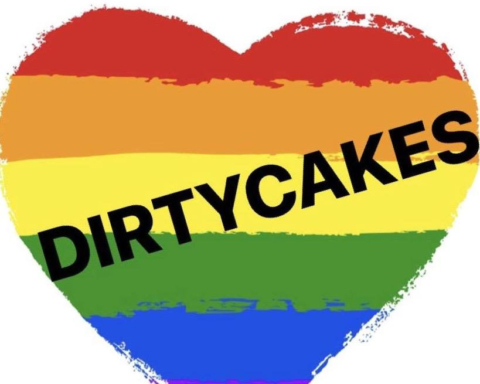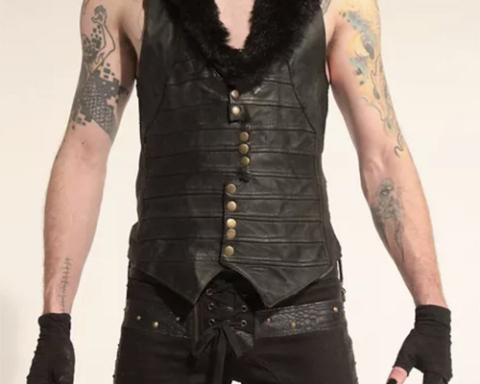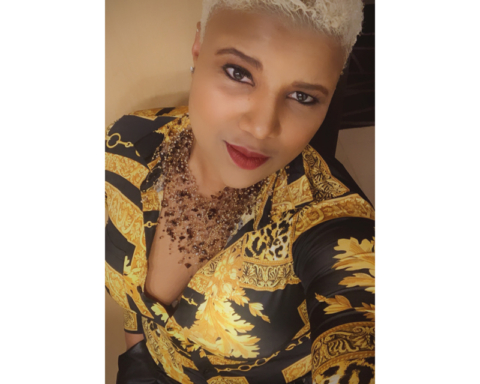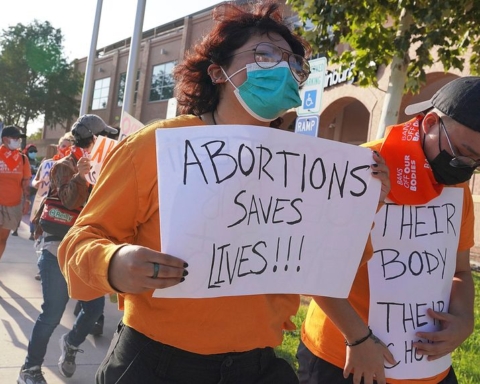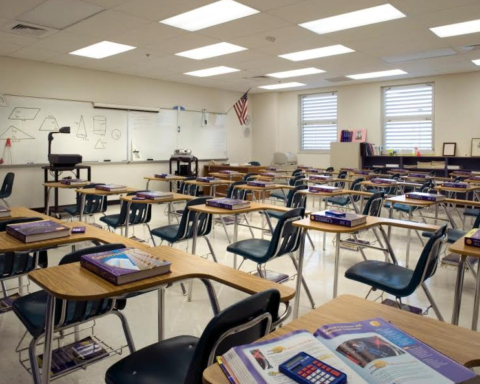• Where are you based?
Montreal, Canada.
• What is Queering the Map?
Queering the Map is a community generated counter mapping project that locates queer moments, memories, and histories in relationship to physical space. It comes from both an emotional and a theoretical urge. One of the primary research questions being, how ways of thinking about queer space have changed through the proliferation of digital technology, and what role the digital plays in how queer history and queer experience is archived and communicated.
• How did the idea come about?
I was biking home from school one day through Parc Jeanne-Mance in Montreal, and I always bike by this tree. It’s the tree that I had met my first successful long-term partner under, and at that same tree we had a conversation in which I was quite explosive about my non-binary gender identity. And so that feeling of queerness in relation to space seemed very linked to that tree.
I was thinking about all of the other places that held that kind of queer feeling for me. One of them is a shipping container in a forest behind the house that I grew up in where my in-the-closet partner at the time in high school and I would meet to discuss our relationship to one another and the barriers to its full expression. And then there was the more classic example of a bar in Montreal that I’d been to quite frequently and it held a multitude of queer experiences.
So I was creating this mental map of my own experiences, and then I got a little bored of thinking about my own experience of queerness and began thinking about what it could feel like to move through space with the knowledge of queer past, queer present, and thinking on queer future, being sensible in the environment. I thought about that tree that I biked by, and I thought about how when my body is around it I feel this incredible attachment to queerness, and to the history of how my experience of queerness has been constructed.
Essentially I was thinking on the question of what it could be like to move through an environment and feel the stories of other queer people in places where they’re not obviously legible. It’s one thing to be in a gay village, or a gay bar, or a bathhouse, or in an LGBTQ bookstore. Those sites are very obviously demarcated as LGBTQ, but I was interested in the other places and the affects that were stuck in those kinds of environments, and how demarcating them and making them visible could create a new feeling of connection to queer community at large.
• There are the obvious queer spaces, as you were saying, whether it’s an LGBTQ book shop or a bathhouse, but now that you’ve started this project, how do you understand the notion of queer space?
That’s a big question, and kind of the underlying, open-ended question of the project. If I could offer, from the way that the project has developed, an insight into a sort of movement towards a definition of queer space, taking into consideration the role that digital technology has played in rethinking those kinds of questions (or extending space to mean both physical and virtual space), it ultimately boils down into the reality that queer space is something that is constructed in the relation between queer bodies, and queer bodies in relationship to space, or an individual queer body in relationship to an environment.
That means that queer spaces are not necessarily things that are designed or demarcated as such, but rather are fluid, ephemeral places of queer relationally, either between bodies or between an individual and a set of built and social constructs. In that kind of logic, someone in their childhood bedroom, on the internet, encountering queer media for the first time, is an experience of queerness, and it creates a space where the body’s relationship to itself and to the environment digitally and physically is altered. And that’s not necessarily something that stays there forever, but rather it’s a feeling that’s produced.
• In the same way that people think the queer community is such a tiny minority, while actually something like one in eight people is queer, we have this habit of thinking about queer space as being so limited – one bar or one party that you can go to, but when you look at the map, you can see that queer space is everywhere, in every country, and in every culture.
I’m also so moved by the way that the project has been taken up in a worldwide context, especially in terms of resisting narratives – specifically the idea that Western places are always safe or good for queer people, but non-Western spaces are always unsafe or bad for queer people. But rather, what I think Queering the Map shows us is that experience is so incredibly nuanced, and that there are positive and negative experiences in any kind of context and they take different forms.
• To date how many pins have been dropped?
There are just over 20 thousand pins.
• When did you launch the project?
I launched it in May 2017.
• I saw a story on the site about getting hit by trolls at one point. What exactly happened? Was that something you were expecting to happen?
No! The project was quite small when I began it. I set it up primarily for my own community in Montreal. It started out with some pins that I had added and some pins that my friends had added and then it grew from there. Then I continued the project for a residency during which the points on the map grew pretty rapidly within Montreal, and then they started showing up in Toronto, in Vancouver, and in a few places in the US. And then it really started to explode in Australia, which was really interesting. At the end of that residency, which was about six months, the project had gone from the 50 points that I had initially added, to 600 points.
I was so moved at the way that this site had been engaged with and the stories were being shared, so it remained online. I thought it would continue to slowly grow at that rate. Then on February 7th 2018, the shares on Facebook went from about 300 shares to 10,000 shares in three days, and the points on the map jumped from 600 points to 65,000 points in that three day period. Evidently, with that kind of growth, it met some opposition and I woke up, I believe on February 9th, to a slew of emails alerting me to the fact that it seemed as though Queering the Map had been spammed by Trump supporters. What had happened was that someone had created malicious pop-ups on the site that made points multiply, and created pop-ups that said, “Make America Great Again! Donald Trump best president!”
I took the site down and posted on the URL asking if there was anyone with the coding capabilities to help me overcome this issue, because it was beyond my skill level at that point. I received an overwhelming amount of response. A group of queer coders set up a GitHub, which is a collaborative coding repository, where we worked to increase the security tenfold and to develop a moderation panel to moderate spam hate or unsafe content before putting it on the map publicly. Prior to that you could write absolutely anything and it would go on the map, because I was operating from the perspective that it was never going to get as big as it did. With the kind of growth it experienced, the digital infrastructure needed to adapt.
• Could you share a poignant moment from the Queering the Map journey?
There are 20 thousand points on the map and truthfully, every single time that I go through a moderation process (I’ll spend an hour every day going through and approving the points) I have yet to not cry either with shared pain or with shared joy in the kinds of stories that are being shared, and the incredible vulnerability that people are able to share through this anonymous platform.
It’s hard to pick a specific point, but in general the thing that I’m the most moved by is the vulnerability and care that people are sharing, which ultimately takes someone’s experience from themselves and allows it to benefit or be shared with the queer community at large. I’m endlessly moved by the generosity of people, in how they’re sharing their stories.
• What do you think the project’s greatest achievement is so far?
Its greatest achievement is trying to do the work of coming out of the individual and into the collective – and towards a new way of being in relation with community across borders, across intersecting lines of oppression like race, and class, and ability. It’s accomplishment is the nuance that it facilitates in terms of such an incredible variety of people from all over the world, and from totally different walks of life, all articulating how they define or how they feel or how they do queerness in their lives, and adding that to the larger picture of queerness. Particularly in the face of neo-liberalism and nationalism.
There are attempts by the State and capitalism at large to define queerness and to assimilate queerness in a way that is palatable to the continuation of state violence and colonialism, and to turn queerness into something that can be purchased, that is marketable. With something like Queering the Map, or personal publishing projects in general, we are able to be part of a resistance to a homogenised narrative of ,“This is what something is and therefore this is how we understand it and control it and either defeat it or assimilate it.” The use of participatory design as a methodology allows us to move away from something that can be easily commodified.
• Do you eventually foresee having to archive all the information you’ve gathered and storing it in a different format?
We’ll see the way in which it develops. I think one of the big questions will be how to develop a database system that allows for the growth that Queering the Map has had, because at a certain point the database will become overloaded.
One thing that I’m really interested in working on is turning Queering the Map into a book, or a series of books and publications. Queering the Map starts in the physical world and then is archived in the digital world, but then to take it out of the digital world and put it back into the physical world through something like a book, something that we can once again have a physical relationship with (not that we don’t have physical relationships to the internet), but something that enables us to have a profoundly tactile relationship with these non-normative histories that often aren’t given the legitimacy that print publishing allows for. That is a structure of archiving that I’m really interested in – taking the digital and making it tangible and giving legitimacy to these stories that are highly personal and vulnerable and not necessarily linked to any sort of objective construction of history.
Any kind of disrupting and pointing out objectivity as a total fallacy is work that I’m really interested in doing in the world. The overarching goal of Queering the Map is to continue to develop it as a sustainable living archive of queer experience that people can continue to engage with both through participating, and just through reading through these points.
• As you were talking about the book, I imagined somebody going on an epic journey to every little GPS coordinate and photographing it.
That’s sort of one of the things I’m doing now in a workshop context with Queering the Map. Recently I worked in collaboration with Girls Like Us magazine, which is a fantastic magazine from Brussels/Stockholm, to do a graphic design workshop in which we did a walking tour of Montreal using points on Queering the Map. Participants took rubbings of buildings in the general area that has been tagged, and used those rubbings – that imprint of their body in relationship to space – and stories from Queering the Map to create a collaborative poster series. It was an unbelievably beautiful engagement with the project in a way that was once again rooted in the relationship between queer bodies and physical space.

